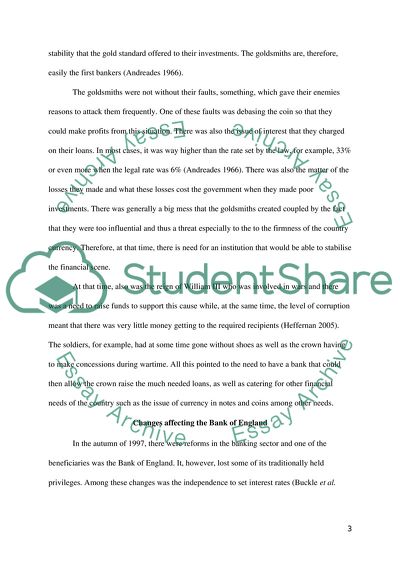Cite this document
(Origin of the Central Bank of England and Its Changes Case Study, n.d.)
Origin of the Central Bank of England and Its Changes Case Study. Retrieved from https://studentshare.org/finance-accounting/1780425-central-bank-of-england
Origin of the Central Bank of England and Its Changes Case Study. Retrieved from https://studentshare.org/finance-accounting/1780425-central-bank-of-england
(Origin of the Central Bank of England and Its Changes Case Study)
Origin of the Central Bank of England and Its Changes Case Study. https://studentshare.org/finance-accounting/1780425-central-bank-of-england.
Origin of the Central Bank of England and Its Changes Case Study. https://studentshare.org/finance-accounting/1780425-central-bank-of-england.
“Origin of the Central Bank of England and Its Changes Case Study”. https://studentshare.org/finance-accounting/1780425-central-bank-of-england.


